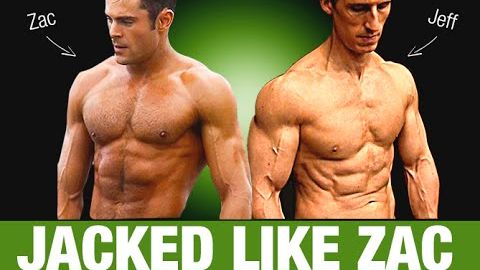扎克-埃夫隆的鍛鍊和飲食計劃(BAYWATCH!)。 (Zac Efron Workout and Diet Plan (BAYWATCH!!))
bbetterman 發佈於 2021 年 01 月 14 日  沒有此條件下的單字
沒有此條件下的單字US /ɛnˈtaɪr/
・
UK /ɪn'taɪə(r)/
- adj.全體的 ; 完全的;未分割的;全緣的 (植物學)
US /əˈprəʊtʃ/
・
UK /ə'prəʊtʃ/
- v.t./i.逼近;找...商量
- n. (c./u.)通道;入口;接洽;處理方式;方法
US /ˌdɛprəˈveʃən/
・
UK /ˌdeprɪˈveɪʃn/
US /ˈpɪriəd/
・
UK /ˈpɪəriəd/
- n. (c./u.)時期;(用於句末;表示斷定的口氣)就這樣;句號;月經;期間

